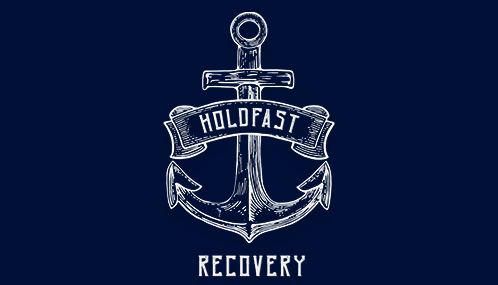
Get Started Today
Holdfast Recovery Wants to Help
Inhalant abuse is widespread among adolescents as well as adults, and millions of people use inhalants every year to get high without realizing the harmful and lasting effects they can have on their health. What was intended to be a one-time use can quickly become an addiction and put you at risk of an overdose, which can cause your heart to stop beating. At Holdfast Recovery, our team of experts knows how addiction can ruin a person’s health and relationships because we’ve been down that same path. If you need inhalant addiction rehab in Prescott, or treatment for any other type of drug addiction, we’re just a phone call away. We pride ourselves on our commitment to high-quality addiction treatment that is rooted in our Christian values.
Contact us today to speak with one of our admissions counselors online or call (928) 378-3599. We’re happy to go more into depth about our treatment options for inhalant addiction.
Inhalants describe a class of substances that produce vapors people can inhale, typically to induce a brief high. People will sniff the fumes through the nose or mouth to achieve psychoactive effects and slow down brain activity, which lasts for just a few minutes.
Though there are other substances and drugs that can be inhaled, inhalants primarily describe substances that can’t be consumed in any other way besides inhalation. Because many inhalants are sold for commercial and residential purposes and include cleaning products, they’re extremely accessible, which is why many people who abuse inhalants tend to be younger.
One of the most common classification systems divides inhalants into four categories, including:
Though inhalant addiction is rarer than other drug addictions, addiction can still develop from repeated use. Because inhalants produce a short high, people who abuse them will typically sniff or “huff” the inhalant multiple times in one sitting, increasing the risk of addiction.
If you suspect a loved one is addicted to inhalants, there are some signs of inhalant abuse to be aware of, such as:
Thanks to the fact that people who use inhalants reach a sober state relatively quickly after getting high, many don’t realize that inhalant abuse and addiction can lead to health effects, some of which are lasting and can be serious if left untreated. Because inhalants impact your central nervous system, a lot of damage can be done to your brain, both short-term and long-term. For example, short-term health effects include dizziness, hallucinations, and distorted speech, but over time, this can turn into brain damage and delayed behavioral development.
Inhalant overdose is also a danger very few know about. Abusing an inhalant even once is enough to induce a seizure or cause the heart to suddenly stop, leading to death. There are, unfortunately, cases in which people suffocated or suffered brain damage and died after their first time inhaling a spray or solvent.
Recognizing the signs of an inhalant overdose requires a keen awareness of both immediate and delayed symptoms. Immediate signs, which manifest shortly after inhalation, can include:
If you suspect an inhalant overdose, immediate action is crucial. Here’s a step-by-step guide:
At Holdfast Recovery, we know that every person deserves to heal from addiction in their own way, which is why we’re pleased to offer a variety of programs, from intensive outpatient programs (IOP) to partial hospitalization programs (PHP). Therapy is also readily used to help people get to the root of their addictions and learn why they feel the need to abuse inhalants.
As a Christian-based inhalant rehab in Prescott, we also have Bible studies to help our clients re-establish their relationships with Christ so they can live by faith and move forward with their lives.
If you want to learn more or are wondering which insurances we accept, call us at (928) 378-3599 today. Real recovery for inhalant addiction happens at Holdfast.


At Holdfast Recovery, we treat both alcohol addiction and all forms of drug addiction (including co-occurring mental health disorders). We offer an array of programs to target your unique needs.


